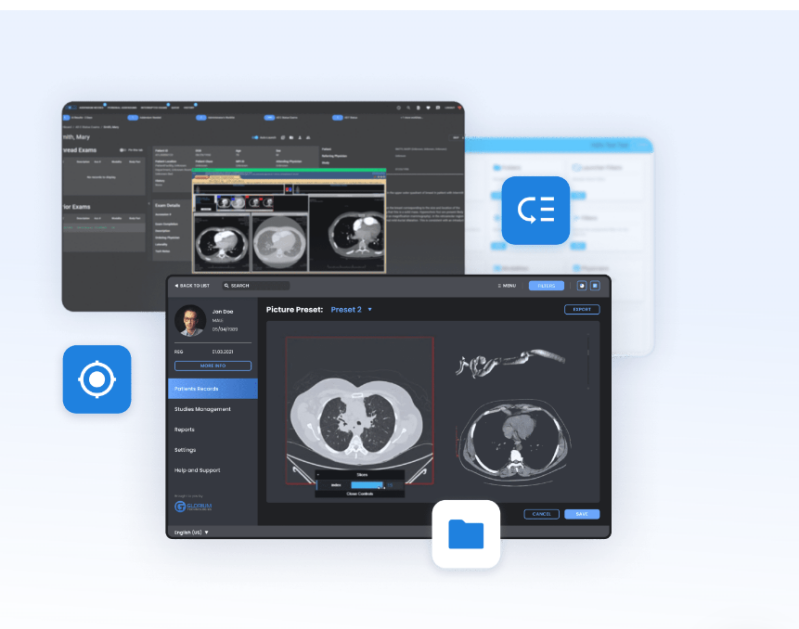DICOM Integration: Revolutionizing Medical Imaging

If you have ever undergone a medical imaging procedure such as an X-ray, MRI, or CT scan, chances are you've encountered DICOM (Digital Imaging and Communications in Medicine) without even realizing it. DICOM integration plays a pivotal role in modern healthcare systems, facilitating the seamless exchange of medical images and associated information between different devices and healthcare providers.
Understanding DICOM Standards
DICOM serves as the universal standard for the storage, exchange, and transmission of medical images and related data. It ensures interoperability among various medical imaging devices and software systems, allowing healthcare professionals to access and share patient images regardless of the equipment or software they use. Standardized medical imaging not only streamlines communication but also enhances patient care by providing comprehensive and consistent information.
Challenges in DICOM Integration
Despite its numerous benefits, DICOM integration presents certain challenges. Interoperability remains a significant issue, as different manufacturers may interpret DICOM standards differently, leading to compatibility issues between devices. Additionally, ensuring the security and privacy of patient data transmitted through DICOM networks is a growing concern in an era of increasing cybersecurity threats.
Benefits of DICOM Integration
The integration of DICOM into healthcare systems offers a multitude of benefits. By streamlining the storage and retrieval of medical images, DICOM integration improves workflow efficiency, allowing healthcare providers to access patient images quickly and easily. This, in turn, leads to faster diagnosis and treatment, ultimately enhancing patient care and outcomes.
DICOM Integration Solutions
Several solutions exist for implementing DICOM integration within healthcare organizations. PACS (Picture Archiving and Communication System) is one such solution, providing a centralized platform for storing and managing medical images. Additionally, integrating DICOM with Electronic Medical Records (EMR) systems enables seamless access to patient images directly from the patient's electronic health record.
Implementing DICOM Integration
Implementing DICOM integration requires careful planning and execution. Healthcare organizations must ensure that their existing systems and infrastructure are compatible with DICOM standards. This may involve upgrading software, training staff, and establishing protocols for securely transmitting and accessing patient images. Best practices for successful DICOM integration include conducting thorough testing, providing ongoing support and training, and prioritizing data security and patient privacy.
Case Studies
Real-world examples demonstrate the effectiveness of DICOM integration in improving patient care and operational efficiency within healthcare organizations. Case studies highlight successful implementations of DICOM integration solutions, showcasing the tangible benefits experienced by healthcare providers and patients alike.
Future Trends in DICOM Integration
As technology continues to advance, so too will DICOM integration. Future trends in DICOM integration include the adoption of artificial intelligence and machine learning algorithms for image analysis and interpretation, as well as the development of cloud-based solutions for storing and accessing medical images. These advancements hold the promise of further enhancing the efficiency and effectiveness of healthcare delivery.
Conclusion
DICOM integration is a fundamental component of modern healthcare systems, enabling seamless communication and collaboration among healthcare providers and improving patient care outcomes. By adhering to DICOM standards and implementing robust integration solutions, healthcare organizations can streamline their imaging workflows and provide better, more efficient care to patients.
Create Your Own Website With Webador